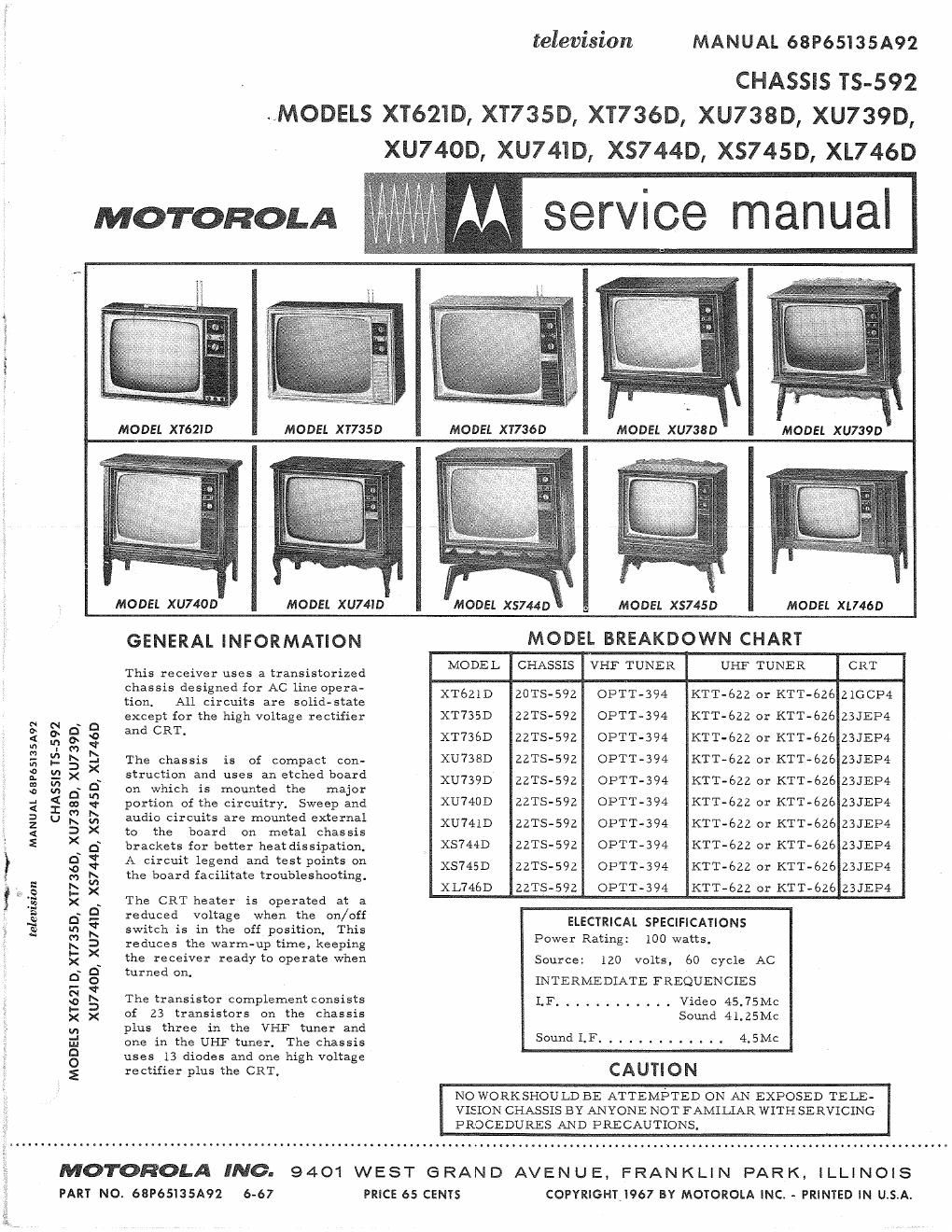Motorola xt 621 d service manual
This is the 24 pages manual for motorola xt 621 d service manual.
Read or download the pdf for free. If you want to contribute, please upload pdfs to audioservicemanuals.wetransfer.com.
Page: 1 / 24
